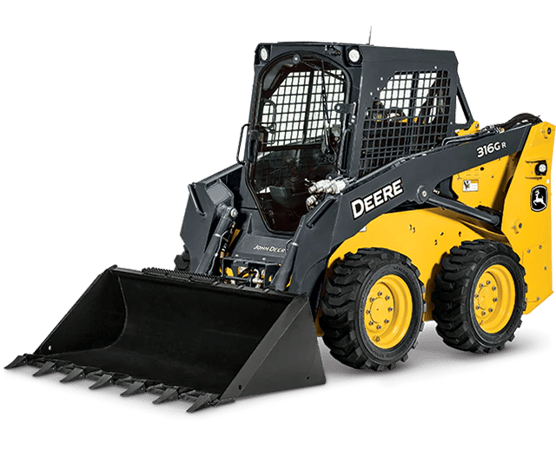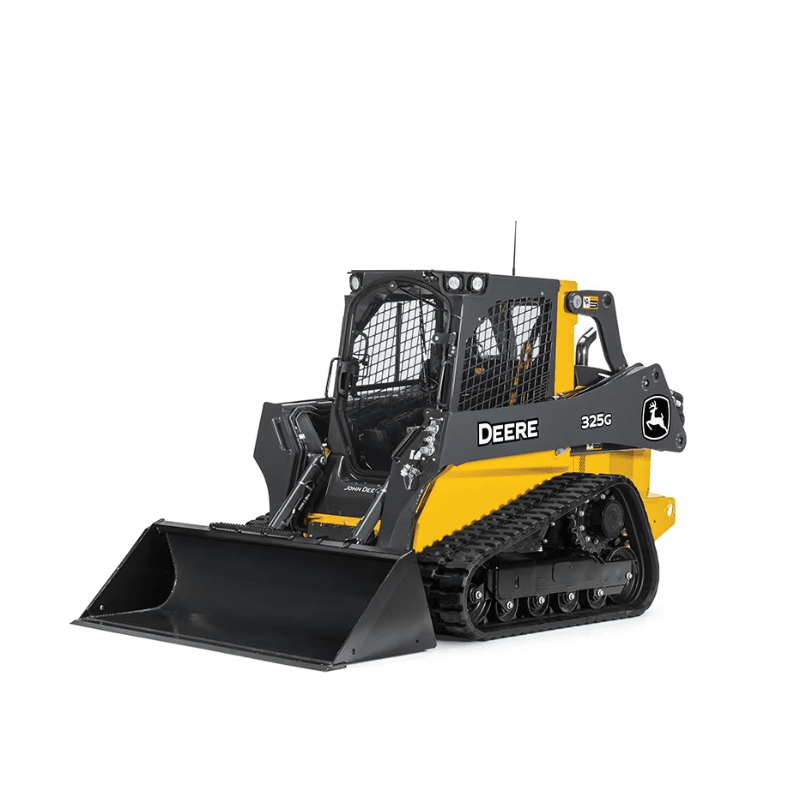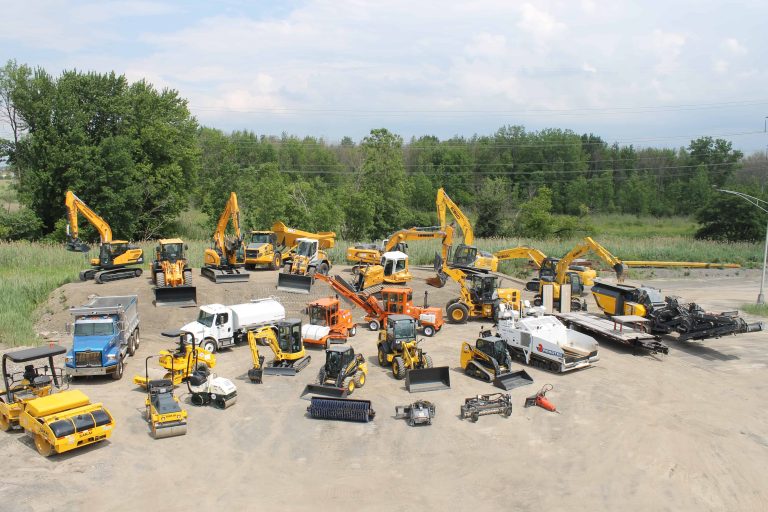Aerial Lift Rental: Versatile Training Solutions for High-Access Jobs
Aerial Lift Rental: Versatile Training Solutions for High-Access Jobs
Blog Article
Maximize Your Spending Plan by Comprehending the Costs Connected With Building Devices Rentals
Comprehending the complete scope of prices linked with construction devices leasings is crucial for optimizing your spending plan. What techniques can be utilized to efficiently handle these expenses and guarantee a much more reliable rental experience?
Overview of Rental Costs
When taking into consideration building equipment services, comprehending the connected costs is paramount for reliable budgeting and task planning. Rental costs can differ dramatically based upon numerous aspects, consisting of tools type, duration of leasing, and place. The initial rental cost commonly reflects the tools's market demand and its associated operational capabilities, influencing the total cost.
In enhancement to the base rental price, secondary expenses may arise, such as transportation fees, gas additional charges, and maintenance fees. It is crucial to represent these extra expenditures to accurately evaluate the overall cost of renting out equipment. The rental period can influence rates; longer rentals might qualify for reduced rates, while temporary services could sustain higher daily fees.

Malfunction of Rental Prices
A detailed understanding of rental rates is vital for professionals and task managers intending to optimize their budget plans. Rental prices for building devices typically include a number of components, consisting of base rates, time-based charges, and use fees.
Base prices are the core costs related to the service of the equipment, frequently established by the kind and dimension of the equipment. These rates can differ considerably, affected by variables such as equipment demand, schedule, and local market patterns. Time-based fees, which may be daily, weekly, or monthly, serve to fit various task timelines and rental durations.
Additionally, rental prices might consist of use costs, which are applicable when equipment is used past a defined threshold, making sure that the rental business can represent damage. Seasonal demand variations can additionally affect rental prices, with peak construction periods generally regulating greater prices.
Furthermore, recognizing the rental firm's plans pertaining to upkeep and insurance can provide further understanding right into the total price structure. By examining these parts, professionals can make informed decisions, making certain the option of rental tools aligns with both task needs and budget restraints.
Added Costs to Take Into Consideration
Comprehending the complexities of added costs is critical for professionals to handle their general rental costs effectively. Past the typical rental rates, various auxiliary fees can significantly affect the overall expense of devices leasing. These charges often consist of shipment and pick-up costs, which can differ based upon distance and logistics associated with delivering the tools to and from the job site.
Furthermore, some rental business may impose fuel surcharges if the tools is returned with less fuel than when rented. It is likewise essential to recognize potential cleansing fees, particularly for specific equipment that needs complete maintenance after use.

Completely assessing the rental agreement and making clear these extra costs ahead of time can help contractors stay clear of unexpected prices and ensure that budget plans continue to be undamaged throughout the job lifecycle.
Upkeep and Repair Expenses
Regular upkeep and repair service expenditures are commonly forgotten variables that can dramatically influence the general expense of construction equipment services. When renting out tools, it is important to consider not just the rental fees but likewise the possible expenses connected with keeping the machinery in ideal operating condition.
Numerous rental business include fundamental upkeep as component of the rental contract; however, more unforeseen malfunctions or considerable repairs can lead to extra expenditures. It's necessary to evaluate the rental contract carefully to recognize what maintenance services are covered and what responsibilities drop on the renter.
Furthermore, equipment that home is not well-kept can cause ineffectiveness on the job website, possibly increasing and triggering delays job expenses. To mitigate these risks, it is recommended to conduct routine assessments and keep open interaction with the rental supplier relating to any concerns that occur during use.
Insurance Coverage and Responsibility Prices
Insurance policy and liability costs are important parts that can dramatically impact the general expenditure of construction equipment leasings (scissor lift rental). These prices guarantee that both the rental firm and the customer are protected from possible financial losses arising from crashes, damages, or theft throughout the rental period

Furthermore, customers should know any type of deductibles or exclusions in the insurance plan, as these can affect prospective out-of-pocket costs. Understanding the terms and problems of any type of insurance policy protection is important to stay clear of unforeseen prices. Ultimately, budgeting for insurance policy and responsibility expenditures can aid make certain a smoother rental experience and protect against economic dangers linked with building and construction projects.
Conclusion
To conclude, a thorough understanding of the expenses linked with building and construction tools leasings is vital for reliable budget monitoring. By analyzing rental prices, extra fees, Get More Information maintenance expenditures, and insurance coverage requirements, people and companies can lessen unforeseen expenditures. This critical strategy not just enhances cost-effectiveness but also makes sure that tasks progress efficiently and successfully. Inevitably, notified decision-making concerning equipment rentals adds to the overall success of building and construction undertakings.
Rental costs can differ significantly based on several variables, consisting of tools kind, period of service, and area (forklift rental). The rental period can impact rates; longer rentals might qualify for discounted prices, while temporary services may incur greater everyday costs
By carrying out comprehensive research study and involving with respectable rental business, contractors can efficiently browse the intricacies of rental prices, ultimately optimizing their financial sources.
Beyond the common rental prices, different additional costs can considerably influence the overall price of tools service. Rental companies commonly give liability insurance policy that covers injuries to 3rd events or damages to home, while devices damages insurance coverage can cover the price of repairs or substitute if the rented out tools is damaged.
Report this page